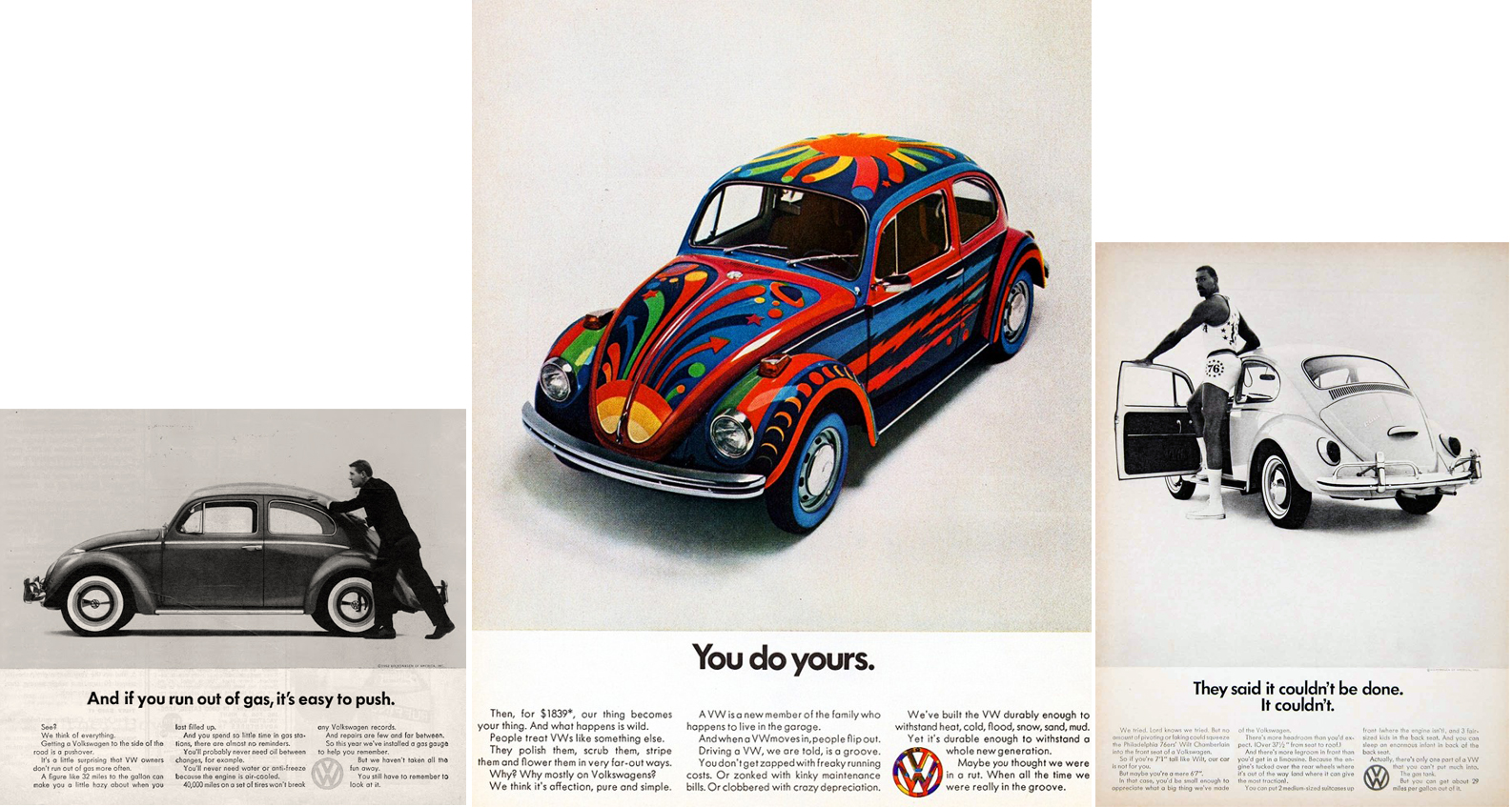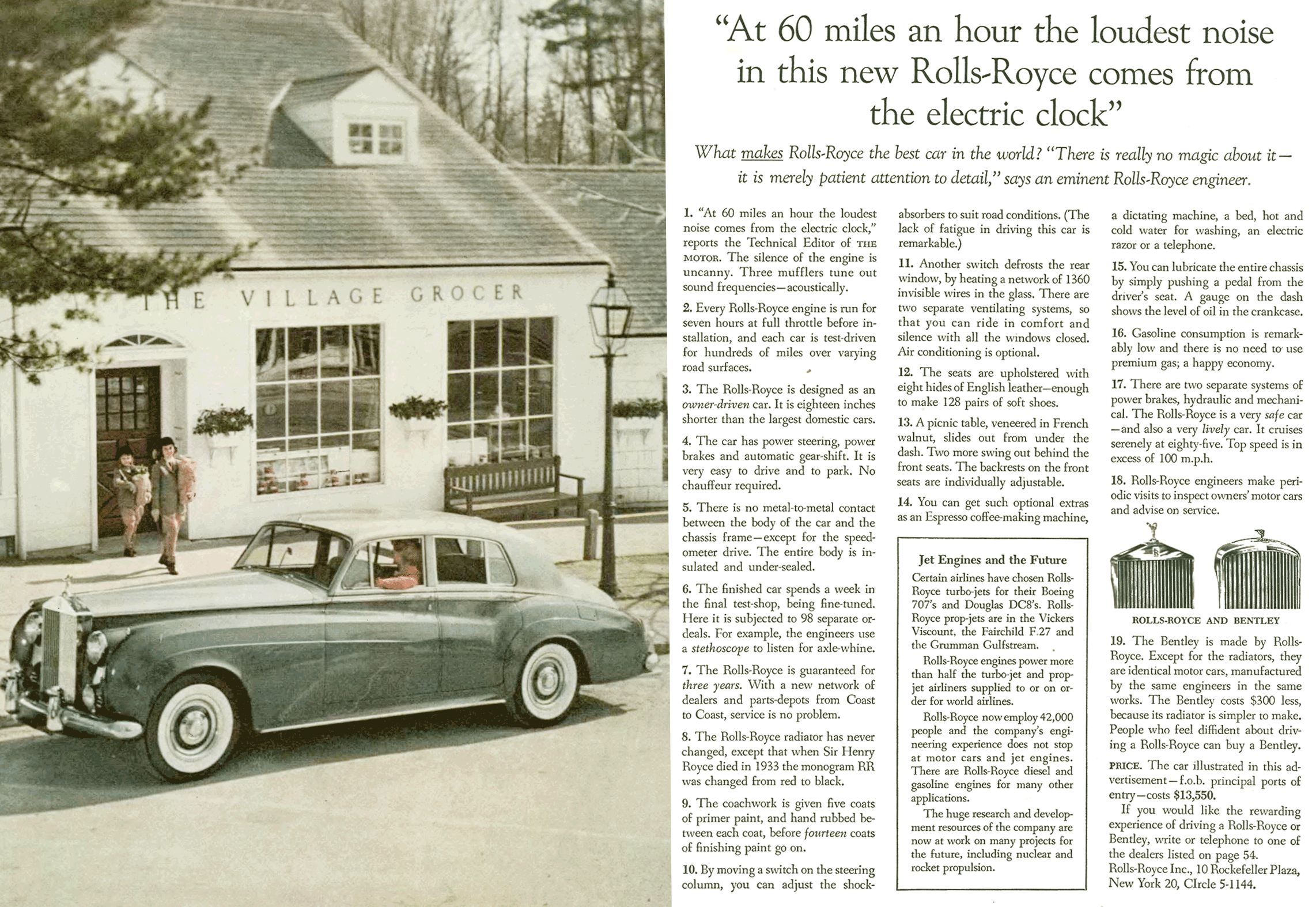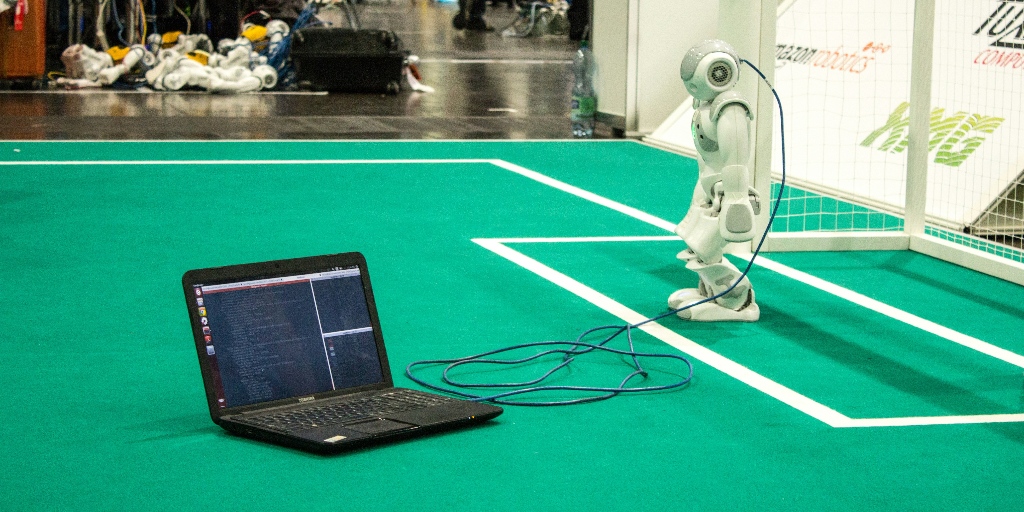Marketing during a pandemic: Why you shouldn't give up
- Last Updated : June 12, 2023
- 586 Views
- 6 Min Read

COVID-19 has not only changed our lifestyles but also the way we do business. Spending has reduced considerably; people are saving more than ever, and marketing budgets have been slashed without a second thought. It's a tough time for everyone.
Is that a reason to give up, though?
While we've all been locked down and locked out of our favourite social activities, ecommerce has scaled to new heights. Streaming services and online classes have become the norm, and even children spend all day online, learning instead of tiktoking. These kinds of situations were unimaginable a couple of years ago. So while consumption has taken a hit on one side, it's grown on the other side.
That's why you shouldn't give up on your marketing efforts. Though traditional, go-to marketing strategies have been challenging, there are so many other ways to appeal to your audience. Here are some strategies you can adopt to help you come out of this successfully.
Strategy 1: Be customer-centric
Money is crucial for business. However, to make money, we need to prioritise customers' wants and needs. For a long time, businesses operated based on what they thought the customer wanted. We speak of the business process as a funnel—marketing, sales, and then customers. Make it a flywheel, instead. Place the customer in the centre and revolve your processes around them.
If you add value to existing customers, you won't need to spend most of your time and effort acquiring new customers. You'll keep the ones you have, and they'll spread the word as well. So if you have a limited budget (and even if you don't), invest in retention activities like:
Rewards programs
Digital wallets
Alternative payment cycles and models
Cross-selling opportunities
Free and extended trial periods
Value-added services like webinars, ebooks, and other educational content
We did this to great success at Zoho. When most businesses stopped trading because of COVID-19 lockdowns, we gave our customers the option to skip payments for a couple of months so they could pay when they reopened. We have a Zoho Wallet credit system where customers can trial and purchase other Zoho products. These initiatives prioritise the customers and not our own need for revenue.
Fun fact: The average Zoho customer uses 17 Zoho apps.
Takeaway: When your business revolves around your customers, they'll stay with you longer.
Strategy 2: Speak the truth
Marketing has always been about spinning the truth in favour of a more enticing narrative. But throughout history, we've seen many businesses tell the truth and tell it well. Look at Volkswagen's "Think Small" campaign for the Beetle. It's was a German car manufacturer selling in the post-World War market—the toughest of times for business. Yet, they took an approach no one else did and changed the way marketers thought about marketing. The Beetle quickly became a global icon because every ad was genuine—despite the car being smaller than everything else in the market at the time.

Rolls Royce did something similar.

"The loudest noise comes from the electric clock." That wasn't an exaggeration. David Ogilvy, whose agency designed the ad, spent an entire month driving the car and experiencing it to identify tiny insights he could capitalise on. He knew the clock was the loudest thing in the car because he'd used the car extensively. That's what marketers of today should do—research the product they're promoting and understand its true potential and pitfalls. You don't need lies to tell a fascinating story.
Takeaway: Speak the truth and customers will trust in you
Strategy 3: Have a greater purpose
Nike could've just been a sportswear company, but they're so much more than that now. When we think of Nike, we think of motivation and ground-breaking athleticism. That is their purpose—to make sport and active lifestyle accessible to mainstream audiences. And people love them for it.
Marketing should invoke emotional responses. A Rolex, for example, is just a watch. However, there's a greater emotional attachment that comes with owning a Rolex. People buy it for the prestige and sense of belonging it gives them. That's Rolex's purpose: to make wearers feel confident, proud, and even elite.
The same applies to ethically-farmed products and local produce—we're more likely to choose them because we have an emotional association with them. They are a reflection of the personal connection we have with our local communities and farmers.
Brands that don't create an emotional connection are easy to forget and ignore. Think of detergent, for example. Many people don't care which brand they buy—whatever is on offer that week works.
Takeaway: If you stand for a greater purpose, your customers will stand with you
Strategy 4: Create personalised experiences
People will forget what you give them, but they'll remember how you made them feel. We're living in an experience economy. When you give people a tailored solution, they're more likely to enjoy it remain as a customer.
Look at Specsavers, for instance. You can try on any frame online to see how it fits you. It's a personalised solution, and combined with their big offers, they give you a memorable experience overall.
Motorcycle manufacturer Royal Enfield lets you customise your bike in over 500 different styles. You can mix and match parts as you like. If you get a product that's customised to such fine detail, you won't give it up easily.
Takeaway: A personalised product becomes a cherished, long-term experience.
Strategy 5: Embrace contactless interaction
COVID-19 made cashless payments normal. Though people were paying through EFTPOS a long time before 2020, we associated it with convenience and a certain type of privilege. During lockdown, though, most businesses removed their surcharges on card payments and, instead, campaigned for contactless transactions.
Even after most cities have lifted strict restrictions, we still prefer contactless deliveries and pickups. Not only is it easier, but it's also safer than carrying around coins and bills in your wallet.
Convenience is the key here. That's why mobile check-ins and automated bag tag printers are now common in airports.
Takeaway: "Contactless" is the new standard operating procedure.
Strategy 6: Enable self-service
As humans, we like to do some things ourselves. It gives us a sense of accomplishment and reduces our dependency on others. But self-service goes farther than Coles Assisted Checkout. In the B2B environment, customers prefer to communicate with chat bots instead of dialling into customer support. It's easier, quicker, and allows them to respond at their own pace. That's why you need good IVR menus, AI-based automation, and comprehensive self-help content.
Takeaway: Self-service improves conversation quality while lowering costs.
Strategy 7: Embrace new technology
Marketers cannot choose which technology to adopt and which to avoid—customers do that. To implement the previous six strategies, you have to embrace emerging technologies. That'll keep you fresh and relevant in your audience's minds. Augmented Reality has been around for a while now, but when Nike used AR to offer a custom experience, it was still relatively new. This was a main part of its appeal.
Even in B2B situations, new technology crops up every few weeks. From CRM, customer service, and marketing to ecommerce, finance, and business intelligence, you have a lot of options nowadays. The issue is that they don't all communciate with each other as you might want them to. You'll often spend a lot of resources deploying these tools, but because data isn't stored in a central system, you won't have a complete view of customer information. Not to mention that your sales, support, and marketing teams are trapped in silos, even when talking to the same customer.
That's the problem you should try to resolve when choosing technology. Your software should be reliably connected. From one department to another, every customer touch point needs to be seamless or you'll risk losing their attention.
Takeaway: New technology opens new possibilities.
So many of the brands we love today have been around for centuries, like Westpac, Kirks, and Cascade Brewery. They've survived wars, plagues, and countless other hardships—all possibly worse than 2020. And they've endured. We still talk about vintage Coca-Cola ads. That's why you shouldn't give up. Marketers may be human, but the brands they build are immortal.
Images borrowed from: University of North Carolina Charlotte (UNNC) and swiped.co.









